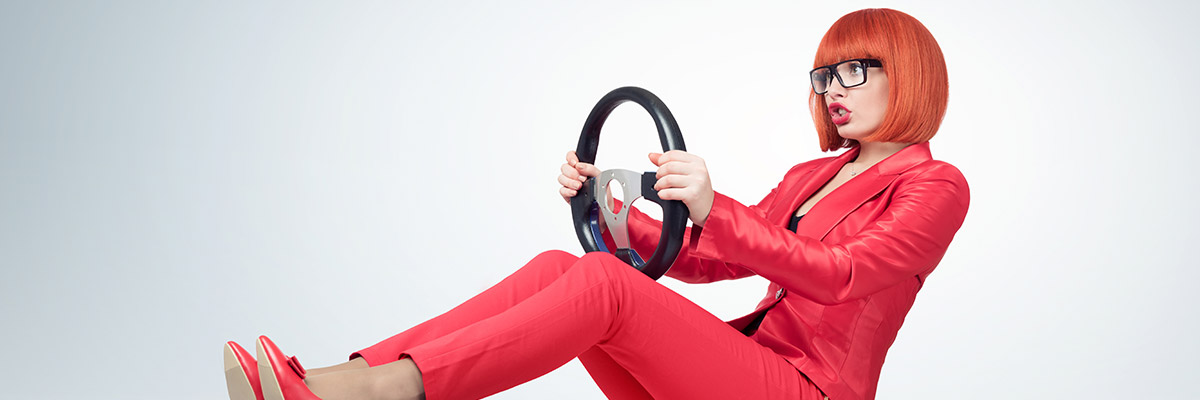Buying a Used Car
Buying a used car allows you to avoid the immediate value depreciation that comes with buying a new car. Since no two used cars will be exactly alike, take some extra time to research your choices carefully.
Here's a step-by-step checklist of precautions that you can take as you shop around:
- Vehicle value. Look up the Kelly Blue Book value of the car so you know what price range to start in.
- Maintenance history. Request the car's maintenance history from the seller. Knowing if the car was used for long commutes, on cross-country road trips or in harsh weather conditions will help you learn more about the wear and tear of the vehicle.
- Vehicle history. Get the vehicle history report (VHR) using the vehicle identification number (VIN). It will cost about $10–$15, but this report will let you know if the car has been in any major accidents that may have weakened the frame.
- Test drive. When it comes time for the test drive, be relentless and thorough. Ask the seller about any strange noises the car makes or any problems with acceleration, suspension, downshifting, braking, steering and handling. Make sure you are comfortable driving the car and that it's easy for you to navigate on the road.
- Mechanic evaluation. Test everything in the car. Press every button. Open every window. Open and close every door. Once you are fairly sure there is nothing wrong with the car, get a professional mechanic to double-check. Subtract any small issues with the car from the price you are willing to pay for the vehicle. Otherwise, you'll have to pay for these repairs on your own.
You can get started by getting a CARFAX report with the help of Rio Grande Credit Union.

